Among the high peaks of the Andes Mountains, gold-bearing quartz veins in the granitic bedrock have been exposed by erosion from ice, wind and water. Numerous ancient small gold mines are found at altitudes that cluster around an impressively high elevation of 16,000 feet. In this cold, windy, and rocky terrain, early Andean miners followed the gold-bearing veins by excavating narrow tunnels, large enough to fit only a single person. The tools that they used were made of stone, wood and bone.
The miners relied on sunlight to illuminate the excavations, so the tunnels typically extended only about 10 feet. Besides sunlight, the availability of glacial meltwater and the hardiness of the miners controlled mining activity in these intensely cold, high-elevation regions. For only a few months each year, and a few hours each day, enough warmth and sunlight were available to provide the meltwater needed to wash and separate the gold ore. During other times of the year, the miners were forced to retreat to settlements at lower elevations.
Simple Tools – and Patience
It can be difficult to imagine that the extensive excavations made by the ancient Andeans were accomplished with only simple tools — and a tremendous number of hours of human labor. Archaeological evidence shows that to excavate rock, the ancient Andean miners opened tunnels or trenches using hammerstones as the principal tools. These were hard and rounded boulders of various sizes and weights; the photo below is one I examined at Machu Picchu, probably composed of quartzite. To dislodge and remove ore, the ancient miners used picks and scrapers from deer antlers and from the bones of deer and llamas, including the shovel-shaped ilium bone from the pelvic region. Woven stick baskets and leather sacks were used to carry ore out of a mine for further processing.
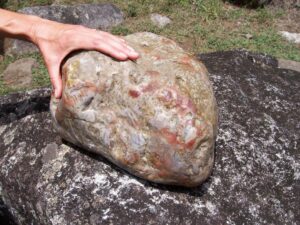
Hammerstone at Machu Picchu, probably quartzite(?)
Copper tools were occasionally used, but copper is a fairly soft metal. Bronze, an alloy of copper-tin or copper-arsenic, appeared in the archaeological record of the Andes about 1,500 years ago. Bronze is much harder and stronger than copper, but was not widely used for utilitarian tools, as the Incas and other cultures reserved it primarily for ritual items. Iron artifacts are absent from the archaeological record of the Incas and their ancestors. The high temperatures required to produce iron were not achieved, and Andean technology did not evolve beyond the use of copper-bronze.
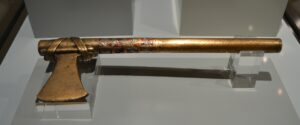
Ceremonial bronze axe with silver and copper inlays, Inca, circa 1400-1533 CE
Mines apparently stayed small in scale and relatively simple mining techniques were employed for thousands of years. Over time, however, the ancient Andean miners appear to have developed an impressive understanding of the numerous complexities involved in mining. Archaeologists have found evidence that the Andean miners could find the best areas to excavate and to obtain suitable tools. They could also determine how to prevent a mine from collapsing, cope with water seepage, and minimize the potential for accidents.
Mines from the Altiplano to the Atacama Desert
The high plateau in the central Andes known as the Altiplano (average elevation of about 12,500 feet) has many rich metallic ore deposits. Dozens of quarry pits provide evidence for ancient mines near the modern city of Puno, adjacent to Lake Titicaca. Some of these quarry pits are more than 20 feet deep and up to about 32 feet across. Large piles of mine tailings, or waste rock that was discarded, are still in place next to the pits. The ore bodies that were originally present have been completely excavated, leaving archaeologists uncertain about the minerals that were being mined. Nonetheless, it is likely that mining efforts were undertaken as early as about 2,000 years ago and focused on silver, or lead-containing galena with silver.
In the hot and dry Atacama Desert region of northern Chile there are extensive deposits of copper-containing chrysocolla and turquoise. These beautiful minerals, in vibrant blue and green colors, were excavated from numerous open pits and trenches that remain from Inca mining complexes. The largest of these excavations are more than 65 feet by 85 feet and were dug down to depths of more than 30 feet. Hundreds of hammerstones have been found around the mines amid heaps of rock refuse. Most are composed of either the local granodiorite found near the mines or volcanic andesite that must have been transported from a source about 6 miles distant. Some of the hammers show evidence of a natural or pecked groove that once held a handle, most likely of wood that decomposed over time.
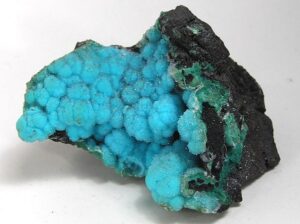
Chrysocolla and quartz from the Atacama Desert
The Sacred Nature of Mines
Shrines and offerings found at mines and quarries, and evidence of ritual practices within mines, indicate their sacred nature and religious significance. Throughout the central Andes, the ancient people built rock platforms for ceremonial activities on the tops of many local mountains that overlook quarries and mines. In seeking the favor of the mountain and mine deities, and in exchange for the gift of the minerals that were extracted, offerings of figurines in precious metals, carved seashells, and sacrifices of animals and even humans were made to these spirits.
We gain a glimpse of the sacredness of mines from an ancient hematite mine excavated into a cliffside at Mina Primavera, in southern Peru. Intriguingly, in addition to fragments of ceramics and woven cotton bags, and a collection of tools, the artifacts found in the mine include musical instruments. Carefully hidden in a small alcove more than one thousand years ago, and left apparently undisturbed since then, two intact cane panpipes were found. Each panpipe consists of seven cane tubes of diminishing size, bound together with cotton string. Discs made from bottle gourds were found plugging the bases of several of the pipes, clearly indicating that the instruments could be played. More gourd disc plugs were found during archaeological investigations, along with fragments of a flute carved from bone, suggesting that other panpipes and flutes had been brought in and played in the darkness of the mine. The ritual use of the mine is likely to have continued even after hematite removal had slowed or stopped.
In the Andes today, mines are still considered sacred places. Sometimes after work is finished, candles flicker and flute music is played in the shadowy underground darkness. Offerings of cigarettes, liquor, coca, and other small items are left in mines – music and dancing take place – and the traditions of thousands of years continue.

Modern Andean panpipes
PHOTOS
Drusy quartz (small projecting crystals) on a rich pocket wall covered with botryoidal chrysocolla; Inca de Oro, Chañaral Province, Atacama Region, Chile (Locality at mindat.org)Size: 6.2 x 5.1 x 3.9 cm. https://commons.wikimedia.org/wiki/File:Chrysocolla-Quartz-165695.jpg
Ceremonial bronze axe cast in one piece; handle is decorated with silver and copper inlays 1400-1533 A.D. Length: 25.50 cm; Width: 8 cm; weight: 621.83 g. No. 07026. Museum of America. https://commons.wikimedia.org/wiki/File:Hacha_ceremonial_inca._1400-1533_d._C._Museo_de_Am%C3%A9rica.jpg
Modern Andean panpipe https://commons.wikimedia.org/wiki/Category:Siku#/media/File:Sikus.jpg
If you like my posts, please scroll down to the bottom of this page and leave your email address on my website. You’ll receive messages only when I publish a new post (about once a week) and my occasional newsletter. Join now to stay up-to-date about geology, geography, culture, and history.
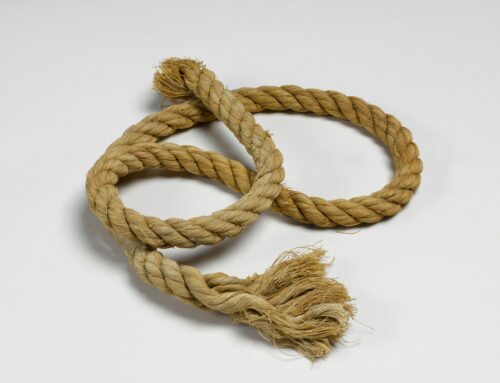
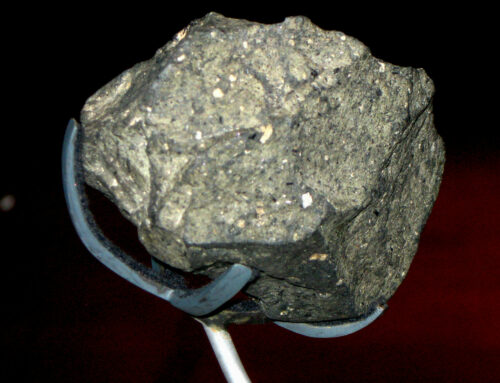
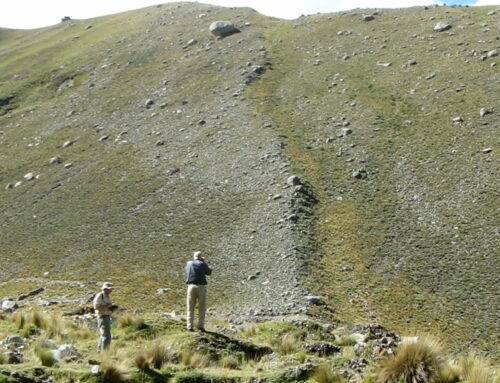

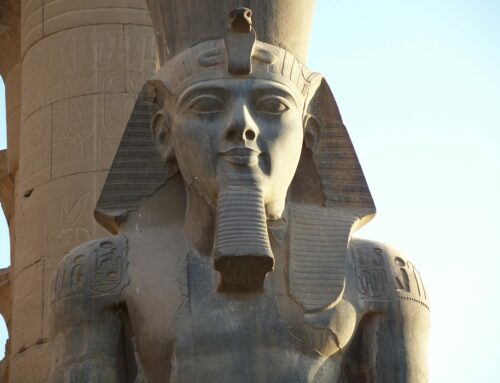
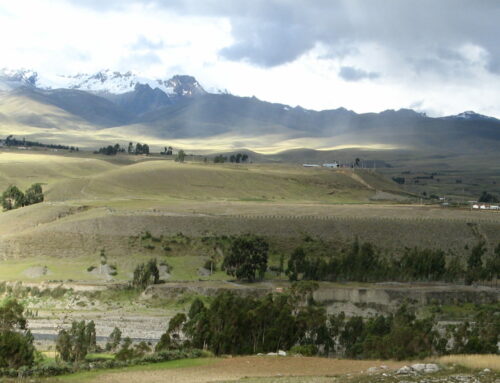
Leave A Comment